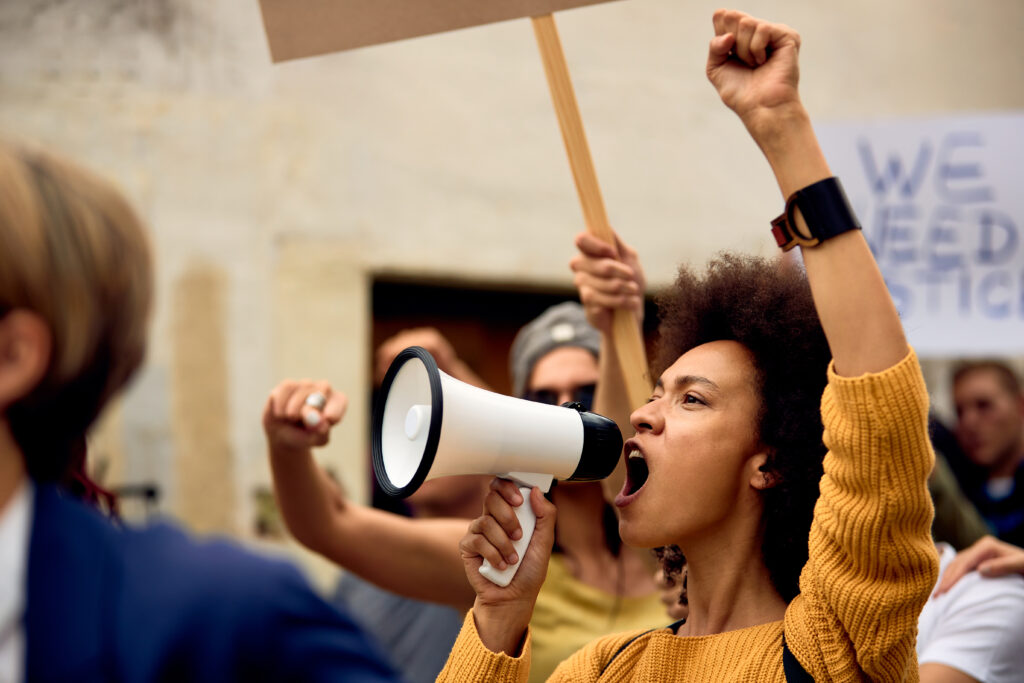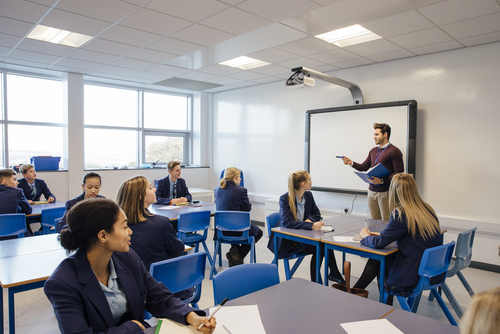
Of all the questions I’m asked at school visits, the most common one (after ‘How much do you earn?’) is ‘Where do you get your ideas from?’. I think many readers assume they just pop into authors’ head fully formed as if by magic. Perhaps for some lucky writers they do, but for most of us, we have to hunt for them. We scavenge and magpie from all sorts of places – newspapers, TV, other books – for the seeds of ideas, then mix them up to make something new. This isn’t cheating – we all do it, even Shakespeare did it. So to help prepare pupils for any writing task, but especially one with a prize riding it, I always make sure I give them some raw ingredients to work with. Not everyone will need them, not everyone will want them, but for those kids who hear ‘we’re going to write a story’ as an insurmountable task or even punishment, they can be invaluable.
So flick or scroll through some newspapers or news sites for a headline with potential. It’s not as daft as it sounds; my book Solomon Smee versus the Monkeys came from a headline in the Telegraph ‘India pays bananas to get sentry monkeys’; the premise was that a town hall in Delhi had been invaded by small monkeys, so the powers that be decided to employ bigger monkeys to get rid of the smaller ones, and pay them in bananas. Even without reading the small print, most of us could imagine the chaos that ensued.
It’s also good to explain that, whatever the story, it all boils down to two key ingredients:
- A hero or heroine (the protagonist) who wants something badly.
- Someone or something (the antagonist) who will stop them.
Sounds simple, doesn’t it. And it really is. The key is in making sure the protagonist wants their goal badly, whether it’s to find a secret amulet, to save the world, or just to get home. That way readers will be excited and invested in them, and be eager to turn the page. And older or insightful writers will make sure the antagonist has a goal as well – one that isn’t just ‘be evil’.
The most important thing to get across though is that stories don’t come fully formed, so they should expect to write at least two drafts. Preferably three. One which is just notes and ideas to work out what the plot is. A second which is fleshing it out. And a third that is edited and polished and ready for reading. And in neither of the first two drafts should they or you care about spelling, about grammar, about punctuation or capital letters in the right places. The time for that is in the final draft. Right now, it’s all about letting your imagination fly and going on an adventure, and no hero or heroine ever did that whilst worrying about semi-colons…
A former broadcast journalist and special adviser to the Prime Minister, Joanna Nadin is now the author of more than seventy books for children, teenagers and adults, including the award-winning Penny Dreadful series, the Flying Fergus series with Sir Chris Hoy, and the Carnegie-nominated Joe All Alone, which is now a BBC drama. She holds a doctorate in young adult literature and lectures in creative writing at Bath Spa University. Joanna has written The Story of the Suffragettes and Snow White and Red Rose for whole-school reading programme Collins Big Cat.
Find out more about the Collins Big Cat Writing Competition, including the terms and conditions.




